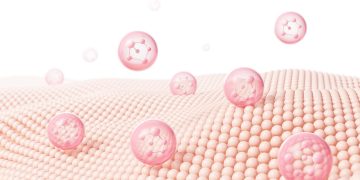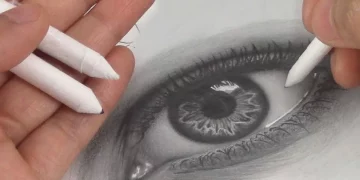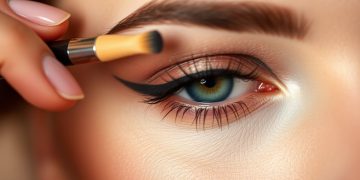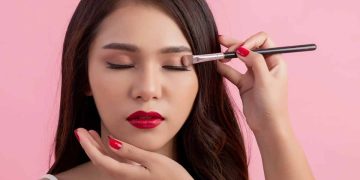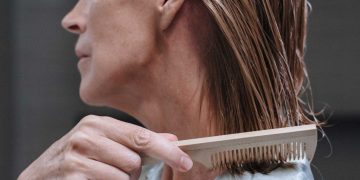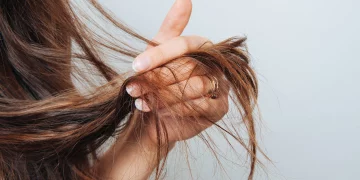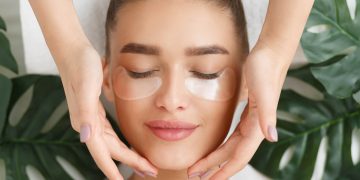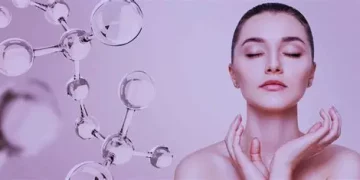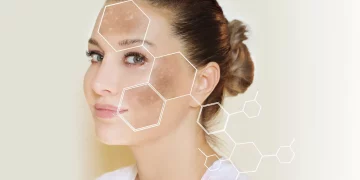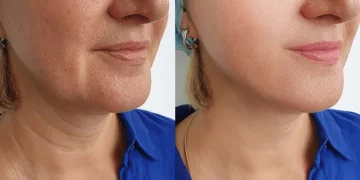Contouring, a beauty technique that involves the artful application of makeup to sculpt and define the face, has skyrocketed in popularity in recent years. What was once a secret weapon for makeup artists now graces the beauty routines of enthusiasts worldwide, thanks to social media tutorials and celebrity endorsements. However, for many, contouring is still a tricky skill to perfect. Whether you’re trying to create a chiseled jawline or accentuate your cheekbones, the journey to contouring success can be challenging. But why is it so hard to master? In this article, we’ll delve into the factors that make contouring a complex art form, and how you can refine your technique.
The Basics of Contouring: A Brief Overview
Before diving into why contouring is difficult to master, let’s quickly break down the basics. Contouring involves using makeup products—usually a mix of highlighter and bronzer or contour shades—to manipulate the natural structure of the face. The goal is to create the illusion of sharper features, such as a slimmer nose, more prominent cheekbones, or a more defined jawline.
Here’s how it works in a nutshell:
- Contouring: A matte or darker shade of makeup is applied to areas of the face you wish to recede, like the hollows of the cheeks, along the jawline, or on the sides of the nose.
- Highlighting: A lighter, often shimmer-infused makeup is applied to areas you want to bring forward, like the tops of your cheekbones, the center of the forehead, down the bridge of the nose, and on the cupid’s bow.
This interplay of light and shadow is what gives contouring its sculpting effect.
So, Why is Contouring So Hard?
Despite its popularity, mastering contouring isn’t as straightforward as it might seem. There are several reasons why this technique can be so difficult to perfect.
1. Understanding Your Face Shape
Every face is unique, and that means the contouring techniques that work for one person might not work for someone else. For example, a round face benefits from contouring that elongates and slims, while a square face may need softer contouring to round out the angles. Without a thorough understanding of your own face shape, it can be hard to know exactly where to apply the contour and highlight.
In fact, many people start contouring by following general advice or copying influencers’ looks, only to find that it doesn’t work for their own face shape. Getting to know your face’s natural structure is essential for creating realistic, flattering contours. Knowing where your bone structure is strongest—your cheekbones, jawline, and forehead—will give you a roadmap for how to sculpt those areas to perfection.
2. The Balance Between Contour and Highlight
Contouring is all about balance. Apply too much contour, and you’ll look more like a masked sculpture than a natural beauty. Use too little, and you won’t see the desired effects. Highlighting, on the other hand, can be equally tricky. Too much shimmer can result in a greasy look, while too little can leave your face looking flat.
The real challenge is finding that sweet spot where the contour enhances your features without making them look harsh or unnatural. The balance between these two elements can be difficult to achieve, and the wrong proportions can easily ruin the look.
3. Blending is Key
Contouring isn’t just about applying makeup in the right places; it’s about blending those products so that there are no visible lines or harsh transitions. For many, blending can be the hardest part. Too much blending can erase the contour altogether, while not enough blending can leave noticeable streaks.
Blending requires a delicate touch and a bit of patience. It’s crucial to use the right tools—a high-quality beauty blender or contour brush—and work in light layers to build up the product. If you don’t blend well enough, you might end up with a face that looks patchy and uneven.
4. Choosing the Right Products
Another reason contouring can be challenging is the vast array of products available. From cream formulas to powders, and from sticks to palettes, the world of contouring products can be overwhelming. Each formula has its own application style and blending method, so choosing the right products is key to achieving a natural, sculpted look.
Cream contours, for example, are great for dry skin, but they can be harder to blend for beginners. Powder contours are more forgiving, but they can sometimes appear cakey if not applied with a light hand. Additionally, the wrong undertones in your contour or highlight can make your face look muddy or orange, which is never the goal. Understanding which products and formulas suit your skin type and tone will make a significant difference in your contouring success.
5. Lighting and Environment
Contouring is all about creating depth and dimension, which means the final result often depends on the lighting. Makeup that looks flawless in bright, artificial lighting may look completely different in natural light or dimmer settings.
Many people make the mistake of contouring under harsh lighting and then wonder why the effect doesn’t look as good when they step outside. To avoid this, always check your makeup in various lighting conditions before finalizing your look.
6. Time and Patience
Contouring takes time and precision. It’s not the kind of makeup technique you can rush through, especially if you’re a beginner. For flawless contouring, you’ll need to devote time to applying, blending, and checking your work in different lights. In fact, many makeup artists suggest practicing contouring regularly to build the skill and gain more confidence in your technique.

Mastering the Contour: Tips and Tricks
Now that we’ve explored the reasons why contouring can be difficult, let’s look at some practical tips to help you improve your technique.
1. Know Your Face Shape
As mentioned earlier, understanding your face shape is essential. Determine if your face is oval, round, square, heart-shaped, or diamond-shaped, and then research contouring techniques that suit your shape. For example:
- Round face: Contour along the sides of the forehead, the hollows of the cheeks, and under the jawline to create a more oval shape.
- Square face: Soften the angles of your face by contouring along the temples and jawline, and highlighting the center of your face.
- Heart-shaped face: Apply contour along the chin and temples, and use highlight on the center of the forehead and cheekbones.
2. Blend, Blend, Blend
Blending is your best friend when it comes to contouring. Make sure to blend your contour and highlight seamlessly to avoid harsh lines. Use a damp beauty sponge or a soft, rounded brush for a flawless finish. Don’t be afraid to take your time—blending is key to a natural-looking result.
3. Start Light, Build Slowly
If you’re new to contouring, start with a light hand and build up product as needed. It’s easier to add more product than it is to remove excess, so it’s better to apply in thin layers and build the intensity gradually.
4. Choose the Right Products for Your Skin Type
Experiment with different formulas to find what works best for your skin type. If you have dry skin, try cream contour products, as they’ll blend more smoothly. For oily skin, powder contours may work better, as they won’t slip and slide throughout the day. Make sure your contour and highlight shades have the right undertones—cool undertones for contour, warm or neutral tones for highlight.
5. Set Your Makeup
After contouring, always set your makeup with a translucent powder to lock everything in place. This will ensure that your contour lasts all day and doesn’t fade or move around.
Final Thoughts
Contouring is undoubtedly a challenging makeup technique to master, but with practice and the right tools, anyone can create a beautifully sculpted face. Understanding your face shape, selecting the right products, and perfecting your blending technique are all essential steps in the process. Remember, contouring is an art, and like all art forms, it takes time to perfect. With patience and persistence, you’ll be able to contour with confidence and create stunning, defined features that enhance your natural beauty.





